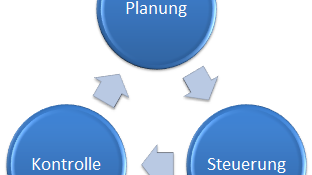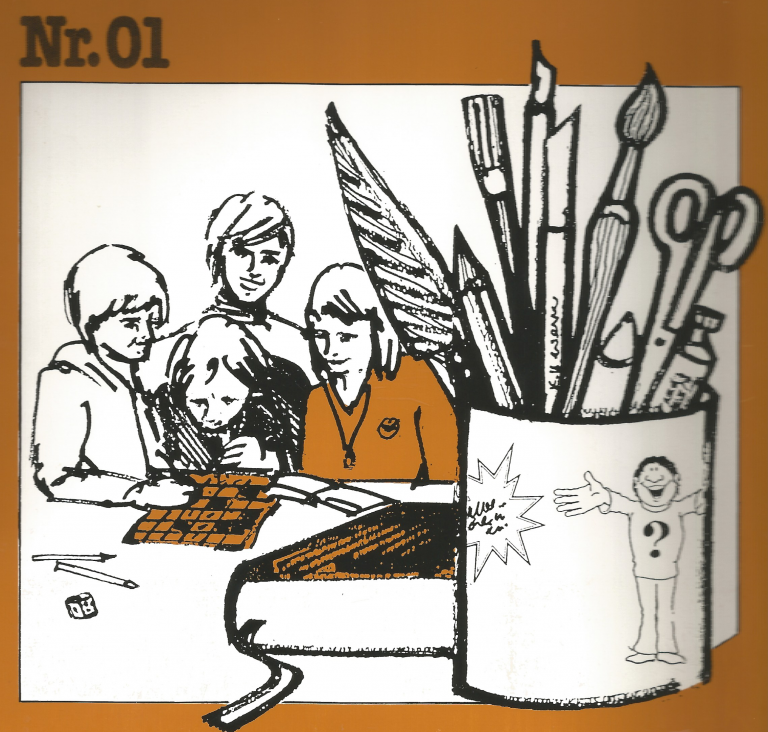The management cycle is a guideline for rational action. This usually leads to solid results in the medium to long term in all areas of children and youth work.
The management cycle is a guideline for rational action
Planning
In the planning phase, goals are set, alternative courses of action are illuminated and elaborated into concepts. Subsequently, rough and detailed planning takes place.
Goal setting: What is our (quantitative) goal? This definition is very important, so that there is a clear guideline for all the following steps.
Target definition: What is our (quantitative) target?
Develop alternative actions: What could be done to achieve the set goal? Then evaluate the alternative actions according to how strongly they contribute to the achievement of the goal.
Coarse and fine planning: Finally, coarse and derived fine plans are created. Important here is the clear assignment of responsibility, as well as the definition of milestones (intermediate goals) and deadlines. Furthermore, it must be questioned whether the required resources are (will be) available at the right time and in the right quantity. If this is not the case, deadlines cannot be met and the entire plan could be shaken
Control / Implementation
In the control phase the implementation of the plans takes place. As a rule, only minor, spontaneous adjustments are made ("steering").
Although the control phase follows the steering phase, it is already important to check the progress regularly. This reduces the risk of delays. The best way to do this is to set milestones and deadlines. Caution is especially important for longer project phases, as delays are often only discovered very late
Control
In the control phase, the plans, the adherence to deadlines and the achievement of objectives are reviewed. Where did things go well? Where were there delays? Was the goal achieved? If yes, why? If not, why not? List and discuss the decisive factors. What should definitely be done (again) next time? What should be done differently? What not?
The control phase is not only a review to complete a project, but also a possibility to learn for future projects, in order to be able to implement them easier and / or faster, or to realize a higher probability of achieving the goal.
Typical mistakes in the individual phases
Planning phase: No clear goal is defined at the beginning. This leads to an aimless process of brainstorming. Due to the lack of a goal, certain ideas are quickly favored, which are particularly unusual or interesting. As a result, the decision often falls on these (suboptimal) ideas, since there is no basis for the decision (goal).
Control phase: Important things were not considered, so that in the implementation of the deadlines due to lack of resources (eg certain material, manpower, etc.) can not be met
Control Phase: Phase is often completely omitted. "After all, the goal was achieved - what's left to evaluate?" or the phase is avoided because the goal was not achieved and coming to terms with the failure is unpleasant. As a result, successes and failures are often assessed incorrectly on an individual basis because they have not been discussed in the group. Thus "accidental hits" are already evaluated as an outstanding team performance and failures are attributed to circumstances, other people, etc. As a result, the team only learns from each other. As a result, the team learns only to a limited extent from its past experiences. Thus, there is a danger of repeating mistakes in the future.
Image credits
- Title image: Tim Baumann, not copyright protected
Content may be automatically translated. Help improve the quality of the translation with your editing!




